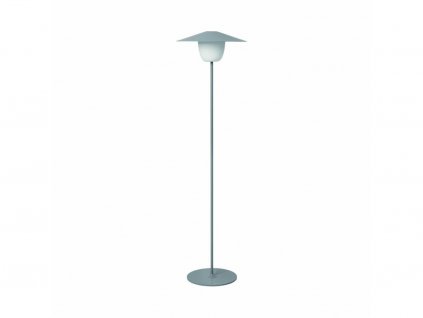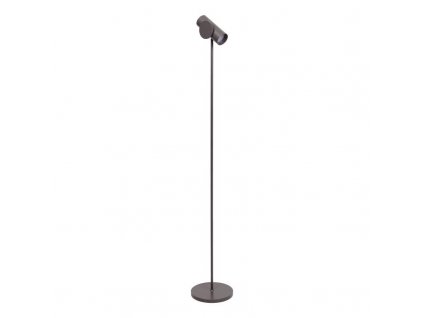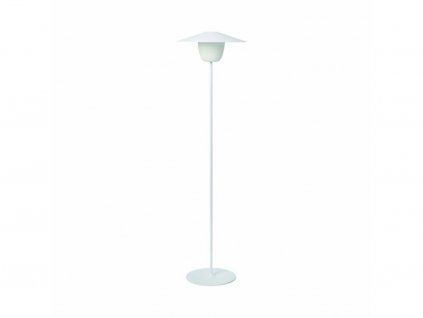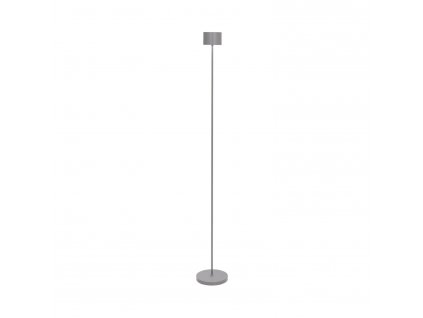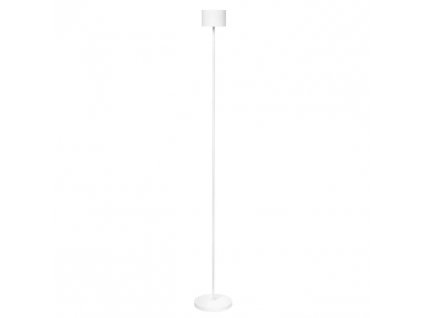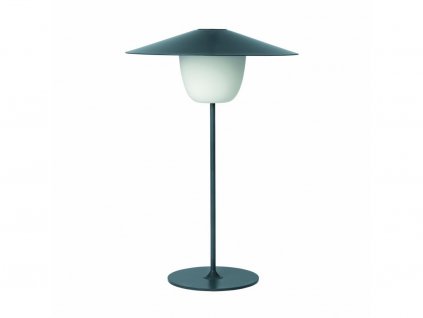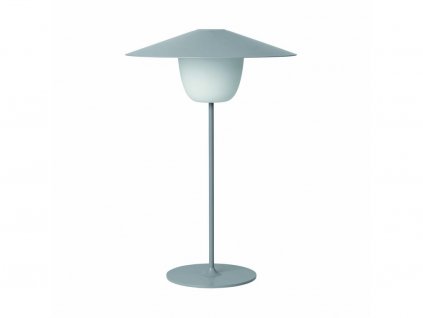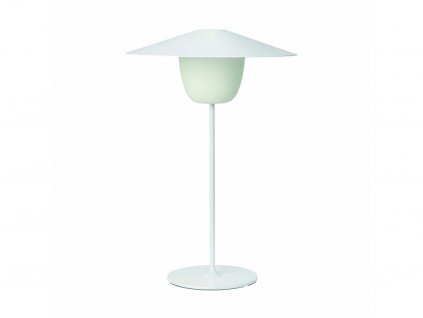Floor lamps
Floor lamps – a functional and beautiful way to light up your interior
What are the benefits of using floor lamps in your interior?
Floor lamps play a crucial role in interior design by providing both functional lighting and aesthetic enhancement to living spaces. These versatile lighting fixtures offer the flexibility to illuminate specific areas or create ambient lighting, catering to various needs and moods. Floor lamps can serve as reading lights next to a cozy chair, provide task lighting over a desk, or contribute to overall room illumination when placed strategically. Beyond their functional utility, floor lamps also hold the power to transform the ambiance of a room. With a wide array of styles, sizes, and designs available, they become integral elements of the interior decor. A well-chosen floor lamp can act as a design focal point, adding vertical interest and complementing the surrounding furniture and decor. From minimalist and modern to ornate and traditional, floor lamps contribute to the overall aesthetic, texture, and visual balance of a room, offering an opportunity to infuse personal style and character into the space.
What is layered lighting and what part do floor lamps play in it?
Layered lighting is an interior design concept that involves using a combination of different lighting sources to create a well-balanced, functional, and visually appealing illumination in a space. It involves strategically placing and combining various types of lighting, such as ambient, task, and accent lighting, to achieve different levels of light that cater to different needs and moods. Floor lamps play a significant role in achieving layered lighting due to their versatility and ability to contribute to multiple layers of illumination:
-
Ambient Lighting: Ambient lighting provides overall illumination to a room, creating a comfortable and inviting atmosphere. Floor lamps can be used as part of ambient lighting by providing a soft and diffused glow that fills the room. Placed strategically in corners or against walls, floor lamps contribute to the general illumination without being too harsh.
-
Task Lighting: Task lighting is focused illumination that helps with specific activities such as reading, working, or cooking. Floor lamps with adjustable heads or directional shades can serve as effective task-lighting solutions. Placed next to a chair, desk, or workspace, they provide targeted light that aids in these activities.
-
Accent Lighting: Accent lighting highlights specific features, objects, or architectural elements in a room. Floor lamps can be used as accent lighting by illuminating artworks, sculptures, plants, or other decorative elements. Their positioning and focused beams draw attention to these features, adding depth and visual interest to the space.
-
Vertical Illumination: Floor lamps contribute to vertical illumination, which helps balance the overall lighting scheme by adding height and dimension. The upward glow of a floor lamp can complement ceiling fixtures, wall sconces, and other lighting sources, creating a more dynamic and layered environment.
-
Decorative Element: Floor lamps themselves often serve as decorative pieces that enhance the aesthetics of a room. Their design, materials, and shades can add to the room's decor even when they're not in use, contributing to the overall ambience.
By incorporating floor lamps as part of layered lighting, you can create a multifunctional and visually pleasing environment that caters to various activities and enhances the mood of the space. The combination of floor lamps with other lighting sources helps ensure that the room is well-lit, balanced, and inviting.
Make sure you also check our selection of pendants and wall lamps.



